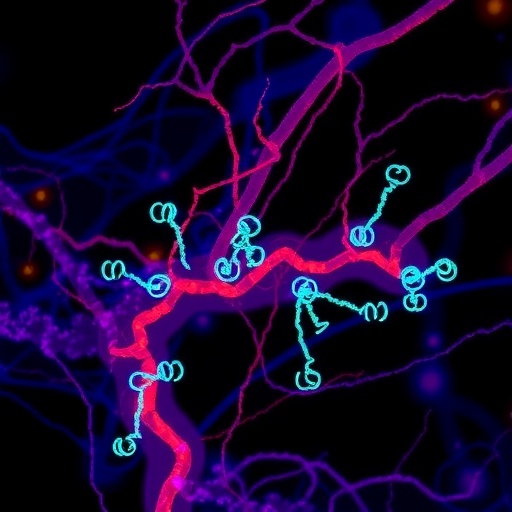Sharks are often the subject of TV specials or news stories focusing on their attacks on humans. But scientists are finding that sharks could inspire a new type of surface that would attack bacteria, helping humans instead of hurting them. As reported in ACS Applied Materials & Interfaces, researchers have designed a coating that is infused with antimicrobial agents and has the patterned diamond-like texture of shark skin.
Fighting bacteria is an ongoing battle, resulting in more than 2 million infections and 23,000 deaths in the U.S. every year, according to the U.S. Centers for Disease Control and Prevention. As a result of overusing antibiotics, bacterial resistance to these drugs is on the rise. Patients in hospitals who are already battling illnesses or have compromised immune systems are especially at risk of developing infections just by touching contaminated bedrails and door knobs. Scientists have been developing coatings for these high-touch surfaces to fight the spread and growth of microbes. For example, Sharklet AF™ is a coating designed to mimic a shark's skin, and it reduces the ability of bacteria to adhere to surfaces. But long-term use will result in bacteria accumulation. James J. Watkins, Jessica D. Schiffman and colleagues wanted to see if adding titanium dioxide (TiO2) nanoparticles, which are antibacterial, to a shark skin material would efficiently fight off microbes.
The team printed their own shark skin surfaces with polymer and ceramic composites, and added titanium dioxide nanoparticles to them. The shark skin surface without nanoparticles reduced the attachment of E. coli by 70 percent compared to smooth films. But shark skin surfaces with TiO2 nanoparticles exposed to UV light for one hour killed off over 95 percent of E. coli and 80 percent of Staphylococcus aureus. The group says the fabrication method could be scaled up for mass production.
###
The authors acknowledge funding from the U.S. Army Laboratories, the National Institutes of Health and the National Science Foundation NRT program.
The abstract that accompanies this study is available here.
The American Chemical Society, the world's largest scientific society, is a not-for-profit organization chartered by the U.S. Congress. ACS is a global leader in providing access to chemistry-related information and research through its multiple databases, peer-reviewed journals and scientific conferences. ACS does not conduct research, but publishes and publicizes peer-reviewed scientific studies. Its main offices are in Washington, D.C., and Columbus, Ohio.
To automatically receive news releases from the American Chemical Society, contact [email protected].
Follow us on Twitter | Facebook
Media Contact
Katie Cottingham
[email protected]
301-775-8455
@ACSpressroom
http://www.acs.org
http://dx.doi.org/10.1021/acsami.8b05066




